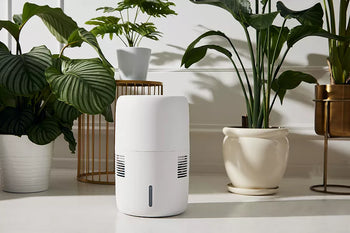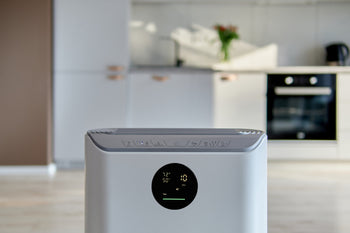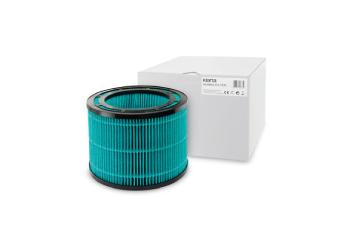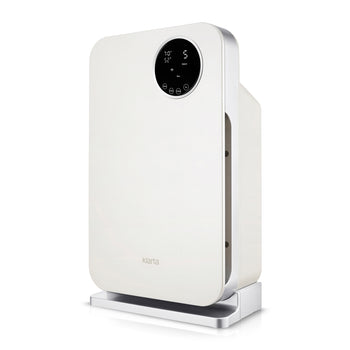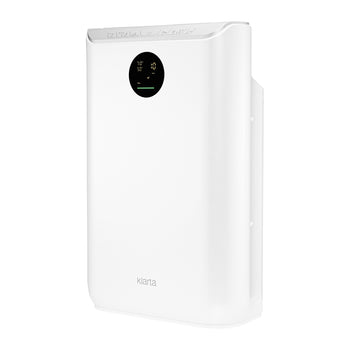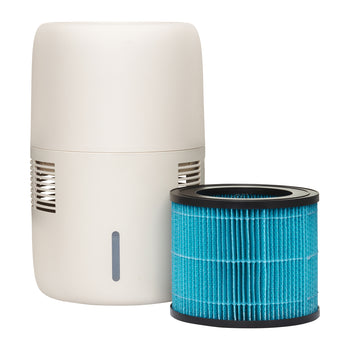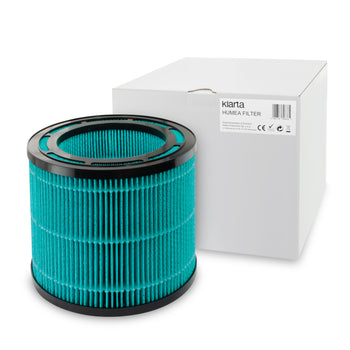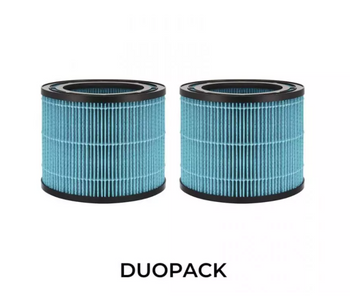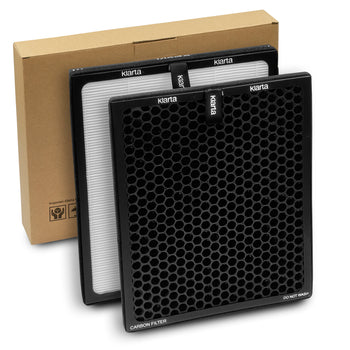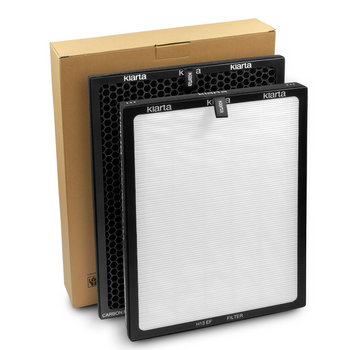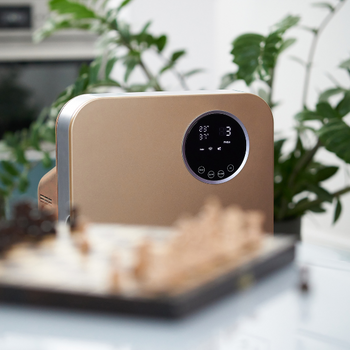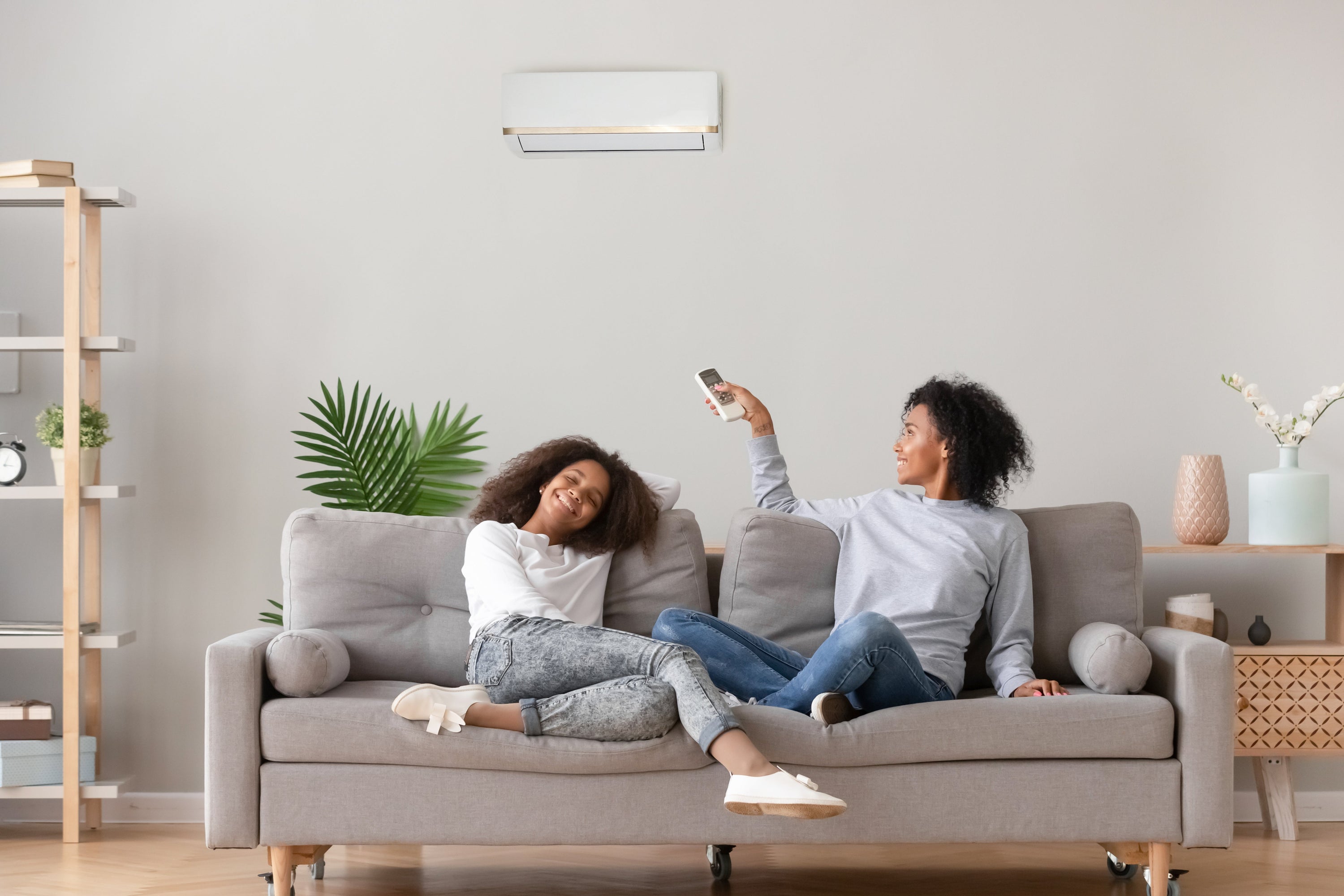
Dry air in the room - causes, effects, solution - Klarta
Dry air in the room - causes, effects, solution
Dry air means that relative humidity is lower than 40%. This is a common problem that negatively affects well-being and health. Fortunately, there is a way to quickly improve air humidity.

What is dry air?
Proper indoor relative humidity ranges from 40-60%. This humidity level is considered best for people and animals in the room, as well as for furnishings – especially wooden items – and for cultivated plants.
Air is considered dry when humidity is below 40%. When humidity exceeds the norm (above 60%), it leads to over-humidification. Both excessively dry and over-humidified air pose health risks.
Causes of dry air in a room
The problem of dry air is most common during the heating season and is related to the difference between indoor and outdoor temperatures. This phenomenon can be explained in a few points:
- Relative humidity is the ratio of the water present in the air to the maximum amount it can hold at a given temperature.
- The capacity to hold water increases with temperature, meaning the higher the temperature, the more water must be in the air to maintain at least 40% relative humidity.
- For example, at 32°F, maintaining 40% humidity requires 1.94 mL of water per cubic meter of air. At room temperature (68°F), the water content must be 0.642 mL/ft².
- In winter, outside air enters the building and warms up, but the amount of water in it does not change. This results in a drop in relative humidity.
Dry air in summer can be due to:
- Long droughts,
- Use of air conditioning – a byproduct of which is water removal from the air.
The drop in air humidity is also encouraged by the lack of regular ventilation. This should be remembered regardless of the season.
In winter, ventilation should be short (about 5 minutes) but intense, meaning windows should be fully opened. Of course, it’s good to turn off the heater first.

The best method to improve humidity – a humidifier
The best way to deal with dry air in a room is with a good air humidifier. An excellent choice is an evaporative humidifier with a hygrostat, characterized by good efficiency, quiet operation, and low operating costs.
Klarta Humea WiFi and Klarta Humea Grande meet all these conditions. Both devices are evaporative humidifiers equipped with a hygrostat, which helps maintain the ideal air humidity level.
Just set the desired humidity, and the humidifier will adjust its settings to achieve and maintain it.
Klarta humidifiers are also equipped with a Wi-Fi module, allowing control via an app. The app includes automation features, enabling users to create their own work rules.
The main difference between Klarta Humea WiFi and Klarta Humea Grande is the humidification efficiency and the resulting maximum work area. We recommend Klarta Humea WiFi for rooms up to 473 ft², while Klarta Humea Grande is suitable for up to 861 ft².

What are the dangers of dry air at home?
Staying in rooms with too low a humidity harms health and well-being. The effects of breathing dry air include:
- Dry cough and throat irritation – caused by the drying of the mucous membranes.
- Redness, burning, itching, and tearing of the eyes – due to the drying of the eye's mucous membrane.
- More frequent viral and bacterial diseases – caused, among other things, by the drying of the nasal mucosa, which disrupts the function of cilia present in the epithelium. They cannot effectively clean the inhaled air, allowing more pathogens to enter the body. Additionally, dry air weakens the process of releasing interferons by infected cells, which warn neighboring cells of the threat.
- Deterioration of skin condition – with low humidity, the skin loses water faster, leading to problems such as dryness, excessive sebum production, acne, redness, or exacerbation of certain conditions, including atopic dermatitis and psoriasis. Dry air also promotes faster skin aging.
- Worsening of hair condition – hair also dries out, loses shine, becomes brittle, and dry dandruff appears on the scalp.
Moreover, dry air in a room affects the condition of furnishings and plants. Insufficient humidity causes wooden elements (e.g., floors and windowsills) to dry out. Plant leaves also start to brown and wither.

How to recognize that the air is dry?
The best way to check the humidity level is to use a hygrometer. Simple meters can be bought for less than $10.
Many humidifiers and some air purifiers, including Klarta Stor and Klarta Forste, also measure air humidity coming to Klarta U.S. in 2025-2026.
Symptoms such as throat irritation, burning, and tearing of the eyes can also indicate dry air in the room.
Healthy air humidification
Humidifying the air should be effective and safe. The most important rules to remember are:
- Maintain humidity between 40-60%. Over-humidification is also negative, potentially leading to the development of harmful molds.
- Use only clean water in the humidifier without additives. Do not add essential oils without the manufacturer’s approval, as this may damage the device and void the warranty.
- Change the water in the humidifier daily. Otherwise, pathogens may begin to develop inside the device. After pouring out the previous day’s water, rinse the container.
- Thoroughly clean the device at least once a week using a mild detergent.
- Regularly replace the evaporative filter in the humidifier. A used filter means the device is not functioning correctly.
- Place the humidifier on a flat and even surface. Otherwise, water may spill, and if it reaches an electrical outlet, it could cause a short circuit.
